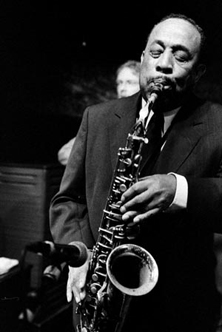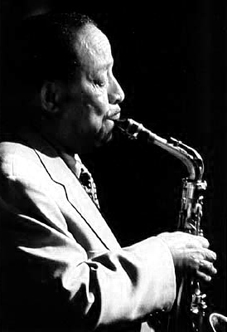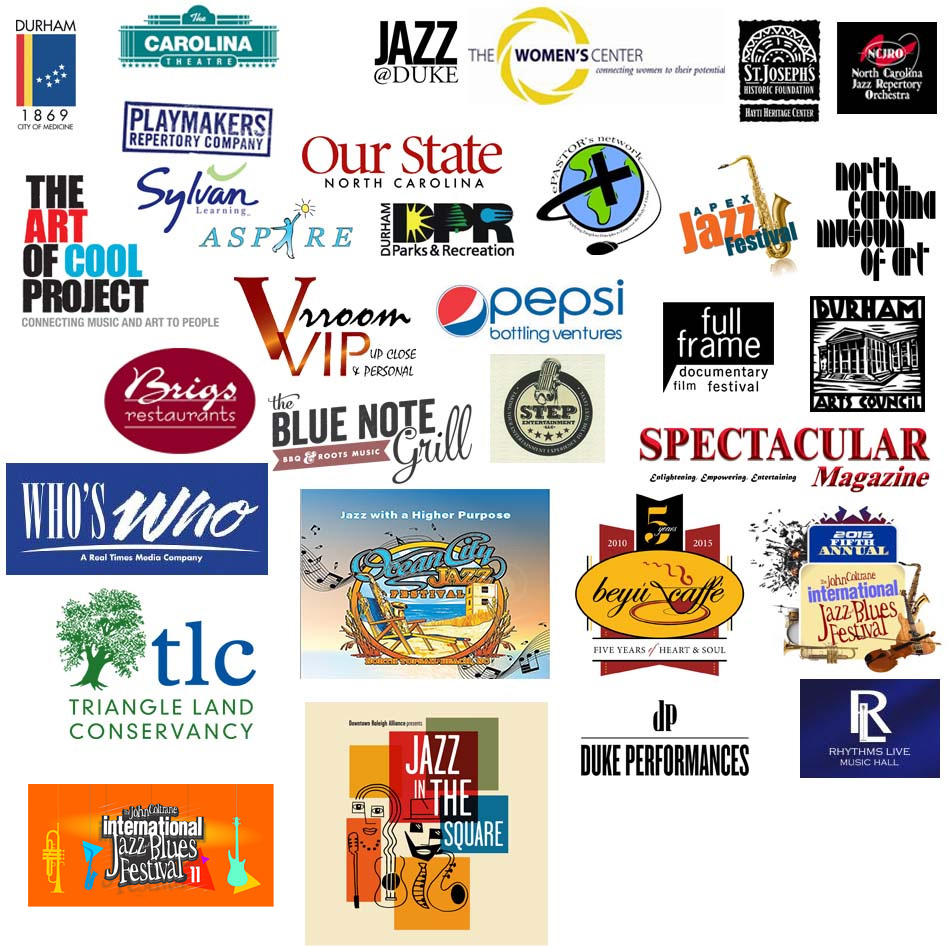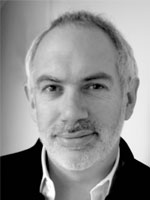 By Robin Pogrebin
By Robin Pogrebin
In 2006 Jazz at Lincoln Center turned to Adrian Ellis for help.
The organization had been struggling under the weight of its explosive growth since moving into a new $131 million home in the Time Warner Center at Columbus Circle in 2004. It had tripled its budget and taken on three stages, where before it didn’t have even one.
Mr. Ellis, a management consultant who has specialized in advising nonprofit cultural institutions, said it was like giving the organization a Lamborghini, without first making sure anyone knew how to drive.
Now Mr. Ellis is at the wheel.
As Jazz at Lincoln Center prepares to open its fifth and biggest season at the Time Warner building on Sept. 18, Mr. Ellis is completing his first year as its executive director, the sixth person in that post in six years.
It would seem that the hardest work is past. Jazz at Lincoln Center has paid off the construction costs on its new building and audiences have grown accustomed to visiting its three spaces: the 1,200-seat Rose Theater, the smaller Allen Room overlooking twinkling Central Park South and the intimate Dizzy¹s Club Coca-Cola. (The organization used to borrow space at LincolnCenter.)
But there are still challenges. The Allen Room and Rose Theater devote less than a quarter of their schedules to jazz. They are rented out the rest of the time because Jazz at Lincoln Center needs the income. Mr. Ellis said he planned to double that percentage of jazz over the next five years.
He also plans to invigorate the public areas separating the three theaters, which, because Jazz at Lincoln Center ran out of money during construction, have had a lifeless, utilitarian air. Mr. Ellis said he plans to add a cafe, an improved gift shop and an information center for jazz events all over the city. And he wants to schedule free live music during the day.
His most important task, however, will be building the organization’s endowment, which currently stands at $11 million. Mr. Ellis said the organization would try to raise $70 million over the next five years.
“Jazz at Lincoln Center needs to be able to weather hard times,” he said. He added that he had seen many artistically strong but financially weak arts organizations unable to focus on their mission “because they are worried about meeting next month’s payroll.”
Mr. Ellis said he also wants to commission, record and broadcast “more jazz than we do” and to make the organization’s extensive recordings, charts and lectures accessible online.
The 2008-9 season will feature more than 3,000 events, including education activities, touring, performances and sets at Dizzy’s Club Coca-Cola.
Highlights include the pianist Ahmad Jamal performing with his trio and the Jazz at Lincoln Center Orchestra; a festival in honor of Thelonious Monk; a two-night stand by Eddie Palmieri’s Latin-jazz big band; and a concert honoring the 50th anniversaries of two landmark albums, John Coltrane’s “Giant Steps” and Miles Davis’s “Kind of Blue,” led by the organization’s longtime artistic director, Wynton Marsalis.
Mr. Marsalis makes the artistic and programming decisions for Jazz at Lincoln Center and is very much its public face. Bruce MacCombie, a previous executive director, said: “If the expectation is that one¹s going to have much or anything to do with the creative side of things, one shouldn’¹t have that illusion. It’s obviously Wynton’s show.”
But Rob Gibson, the organization’s first executive director, said Mr. Marsalis stayed on his side of the aisle. “He’s a terrific trumpet player, a great educator, a wonderful composer, and he did a great job leading the band,” Mr. Gibson said. “But I always told him, ŒStay out of the administration,’ and he did.”
Mr. Ellis and Mr. Marsalis say they have a good working relationship, with Mr. Ellis primarily responsible for operational and financial matters and Mr. Marsalis handling the artistic side. “It’s exactly like our music, there are no stars,” Mr. Marsalis said. “It’s clear who does what. We made a commitment to each other to work together.”
They also share a passion for jazz. “He loves the music,” Mr. Marsalis said.
Mr. Ellis has had ample preparation for his new job. Before starting AEA Consulting in 1990, he earned degrees from University College Oxford and the London School of Economics, worked as a civil servant in the Treasury and the Cabinet Office in London and managed the establishment of the Design Museum, which opened on Butler’s Wharf in London in 1989.
At AEA, which continues to operate out of offices in New York and London, Mr. Ellis advised cultural institutions like the J. Paul Getty Museum in Los Angeles, the San Francisco Opera, the Isabella Stewart Gardner Museum in Boston and the National Gallery in London. He became something of a specialist in counseling nonprofit organizations on the perils of managing growth.
In March 2006 he was retained to develop a strategic plan for Jazz at Lincoln Center. A year and half later he was brought on board to implement it. “He’s the right person in the right job at the right time,” said Gordon J. Davis, the founding chairman of Jazz at Lincoln Center.
The executive director’s position has been a revolving door. Mr. Ellis replaced Katherine Brown, who stepped down in June 2007 after a little more than a year in the job, though she had spent a decade with the organization.
Her predecessor, Derek E. Gordon, also spent just a year in the position.
“The job kept growing and changing as we went along,” said Lisa Schiff, the chairwoman of the board of Jazz at Lincoln Center. “Nobody has quite had the birthing pains we had.”
“We had to learn how to run this organization without letting it run us,” she said. “We went from running some concerts to running a major arts facility. Pretty scary stuff.”
Increasingly Jazz at Lincoln Center seems to be on solid footing. The average performance capacity was 92 percent in fiscal year 2008, up from 86 percent in 2006. Ticket revenue increased 13 percent over that period. The annual budget has reached $42 million, up from less than $1 million when Jazz at Lincoln Center was founded 22 years ago.
Mr. Ellis said a central part of his mandate was creating future audiences for jazz. Thus the educational programming ranges from WeBop! classes for preschoolers to a middle school jazz academy to a high school jazz band program to Swing University, which offers adults the opportunity to learn from jazz scholars, historians and musicians.
“The central purpose of Jazz at Lincoln Center is to help ensure the vitality of the music in the long term,” Mr. Ellis said. “We’ve built a sense of organizational and financial stability upon which we can grow.”


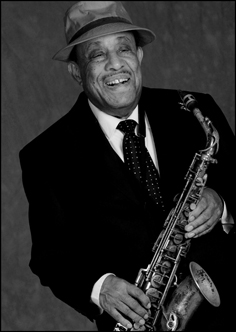 Lou Donaldson, alto saxophonist, recording star and entertainer extraordinaire was born in Badin, North Carolina on November 1, 1926. He is the child of parents, Lucy Wallace Donaldson, mother, and Louis Andrew Donaldson, Sr., father. His mother was a first grade teacher at Badin High School, Musical Director at the school, and a concert pianist who was a graduate of Cheney University. His father was a graduate of Livingstone College, an AME Zion minister, and insurance agent. Lou is the second of 4 children, between older sister Margaret and younger sister Elizabeth and brother William, all of whom ended up involved with music. Lou never studied piano because his mother had a switch that she would crack across the fingers when students missed a note. That turned him completely away from being a pianist. When he was about 9 years old, she heard him singing or humming and she took him aside and told him that he had more musical talent than anyone in the family and that he needed to play some type of instrument. She got a clarinet from the Band Director, Leo Gabriel, at the Alcoa Aluminum Plant Band. Although she knew nothing about the clarinet, she taught him basic music and they used the clarinet book to learn the fingerings and how to play the clarinet. Lou mastered the instrument and this ignited his pursuit of a career in music.
Lou Donaldson, alto saxophonist, recording star and entertainer extraordinaire was born in Badin, North Carolina on November 1, 1926. He is the child of parents, Lucy Wallace Donaldson, mother, and Louis Andrew Donaldson, Sr., father. His mother was a first grade teacher at Badin High School, Musical Director at the school, and a concert pianist who was a graduate of Cheney University. His father was a graduate of Livingstone College, an AME Zion minister, and insurance agent. Lou is the second of 4 children, between older sister Margaret and younger sister Elizabeth and brother William, all of whom ended up involved with music. Lou never studied piano because his mother had a switch that she would crack across the fingers when students missed a note. That turned him completely away from being a pianist. When he was about 9 years old, she heard him singing or humming and she took him aside and told him that he had more musical talent than anyone in the family and that he needed to play some type of instrument. She got a clarinet from the Band Director, Leo Gabriel, at the Alcoa Aluminum Plant Band. Although she knew nothing about the clarinet, she taught him basic music and they used the clarinet book to learn the fingerings and how to play the clarinet. Lou mastered the instrument and this ignited his pursuit of a career in music.